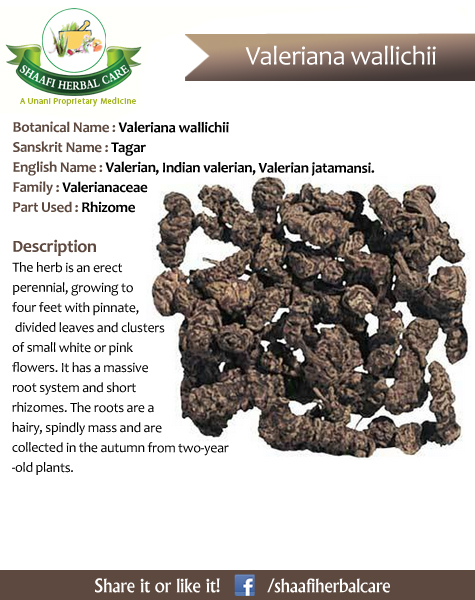Description Indian valerian is an erect, perennial plant that grows to a height of 4 feet with pinnate, divided and heart-shaped leaves. Pink or white flowers are found in clusters on the leaf top. The roots are a hairy and spindly mass that is collected in the autumn from two-year old plants. The rhizomes are …
Flora
Tamarix gallica
General information: Tamarisk, which is found in abundance in North India, has laxative and antihemolytic properties. The herb is often administered for constipation. Therapeutic constituents: Tamarixin is the main chemical constituent of Tamarisk, which gives the herb its therapeutic properties. Key therapeutic benefits: As a laxative, Tamarisk is beneficial in the treatment of constipation. It …
Smilax China
Description Sarsaparilla is a woody wine that can grow up to a height of 50 m. It has small flowers and black, blue or red fruits, in berry-like form, which are eaten by the birds. It is a member of the lily family and is native to the tropical and temperate parts of the world, …
Shorea robusta
General information: Sal Tree is commonly found in all parts of India. In Hinduism and Buddhism, the tree has sacred significance and is worshipped on special days. The resin of the tree has astringent properties, which are beneficial in the treatment of diarrhea and dysentery. It is also an important ingredient in herbal ointments for …
Quercus Infectoria
General information: The Ayurvedic Pharmacopoeia of India recommends Downy Oak to stop heavy menstrual bleeding, to treat dry and itchy vaginal skin and for dental inflammation. The 2008 article ‘Antioxidant Potential of Galls of Quercus Infectoria’ in the Internet Journal of Pharmacology, revealed that the extracts of Downy Oak have potent antioxidant properties. Therapeutic constituents: …
Paris quadrifolia
Description: This singular plant gets its generic name of Paris quadrifolia:ame of Paris from par (paris), equal on account of the regularity of its leaves. In olden times it was much esteemed and used in medicine, but to-day its use is almost confined to homoeopathy. It is a herbaceous perennial plant found in moist places and …
Nardostachys grandiflora
Traditional uses: The rhizome is used in ayurveda for the treatment of hysteria and other neurological disorders. It is very interesting to note that in conditions of insomnia and restlessness this drug was used by Sushruta to produce tranquility and sedation. it promotes the growth and blackness of hair. Infusion prepared from the fresh roots …
Mimusops Elengi
Description of Mimusops Elengi: A moderate sized evergreen tree grows up to 15 meters in height. Leaves simple, opposite, oblong, acute or acuminate, glabrous, leathery and wavy margins; flowers gray colored, very fragrant, found as solitary in leaf axils. Fruits ovoid berries, containing 1-2 seeds per fruit. Medicinal Uses: The bark, flowers, fruits and seeds …
Hemidesmus indicus
Indian Sarsaparilla General information: Indian Sarsaparilla is known in Ayurveda as a tonic, alterative, demulcent, diaphoretic, diuretic and blood purifier. It is beneficial in treating skin and urinary disorders. The plant is found throughout Central, Western and Southern India. Therapeutic constituents: The coumarinolignoids hemidesmine and hemidesmin are the major chemical constituents of the herb, which …
Hedychium spicatum
Description Ginger lily is a perennial attractive plant that reaches a height of up to 6 feet (120 to 180 cm). It is a smallish hardy ginger with green leaves measuring 30 cm or more. The flowers are large and beautiful, in orange and white color. They have a heavy sweet fragrance and can grow …









